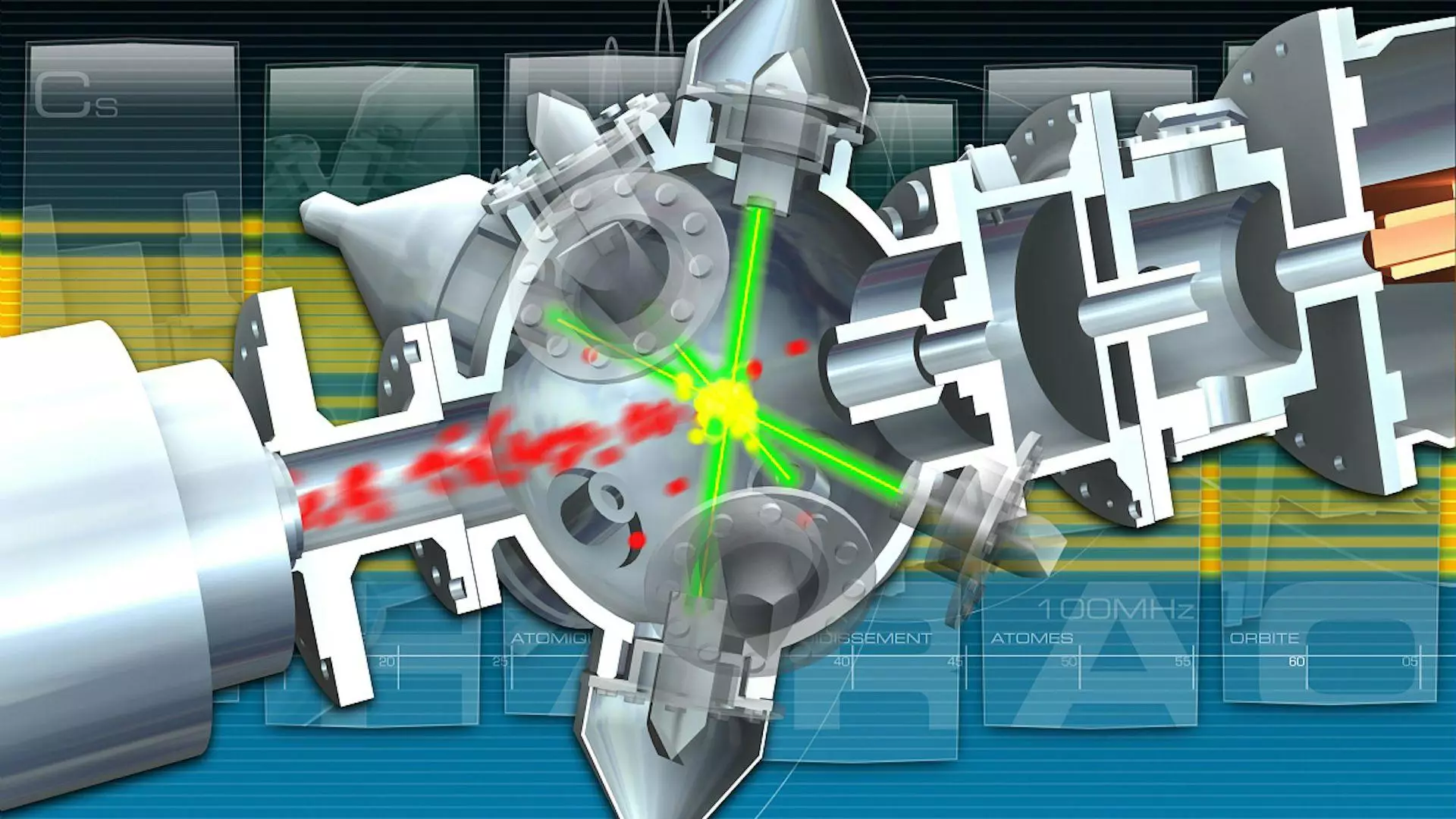- 🚀 The PHARAO mission will launch an atomic clock to the International Space Station to test Einstein’s theory of general relativity.
- ⏰ This clock aims to measure time with unprecedented precision, detecting variations even at levels equivalent to a one-meter altitude change.
- 🔬 Advances in atomic clock technology, including laser-cooling techniques, enhance the accuracy of time measurement in microgravity conditions.
- 🌍 The mission opens new possibilities in chronometric geodesy, revealing Earth’s mass distribution changes through precise timekeeping.
In the ever-evolving field of space exploration, the upcoming launch of the PHARAO mission on April 21, 2025, marks a significant milestone. This mission is set to test the boundaries of our understanding of time and space. Seventy years after Albert Einstein’s passing, his theory of general relativity continues to shape our comprehension of the universe. As one of the two fundamental pillars of modern physics, general relativity has been extensively validated, particularly on cosmic scales. Yet, its incompatibility with quantum field theory, the other cornerstone of physics, poses questions that scientists are eager to explore. The PHARAO mission aims to address these questions by employing an atomic clock of unprecedented precision aboard the International Space Station (ISS), testing the very fabric of time itself.
The Role of PHARAO in Space-Time Measurement
The PHARAO mission, part of the broader ACES (Atomic Clock Ensemble in Space) initiative, will bring a new level of precision to testing Einstein’s theory of general relativity. Developed by the French space agency CNES, the PHARAO atomic clock will be launched to the ISS. The central aim of this mission is to measure time with unrivaled accuracy, examining how the mass of an object influences the flow of time in its vicinity. According to relativity, the closer you are to a massive object, the slower time passes. For Earth, this effect is subtle but significant enough to require correction in satellite positioning systems like GPS.
One of PHARAO’s objectives is to measure this minuscule time dilation with exceptional precision. To put this into perspective, the clock’s drift should not exceed one second over 300 million years, equivalent to less than a minute since the Big Bang. This level of accuracy translates to measuring a light-year with meter-level precision. Such exactitude is crucial for validating Einstein’s predictions and could open the door to reconciling general relativity with quantum mechanics.
Challenges and Opportunities on the International Space Station
PHARAO will be deployed on the ISS’s European module, Columbus. While the ISS offers a unique platform for experiments, it also poses challenges. The station’s relatively low orbit of about 250 miles means the general relativity effects are less pronounced than they would be at geostationary altitudes. However, the ISS provides frequent transport opportunities, reliable communication services, and a stable environment for conducting sensitive experiments.
Despite these advantages, the proximity of astronauts and their activities, such as using exercise machines, can introduce vibrations that may affect the experiment’s precision. Nevertheless, the benefits outweigh the drawbacks, as the ISS serves as an ideal testbed for PHARAO’s groundbreaking research. By comparing the space-based clock with atomic clocks on Earth, scientists can detect minute variations in time flow, potentially revealing new physics beyond our current understanding.
Advancements in Atomic Clock Technology
Since their inception in the 1950s, atomic clocks have undergone remarkable advancements, akin to the progress seen in electronic systems. These clocks leverage the intrinsic frequencies of atoms to maintain precise timekeeping. Depending on the energy of the atomic vibrations, clocks can operate in the radio, optical, or even nuclear frequency domains. The official definition of a second is based on the cesium atom’s radio frequency vibrations.
Recent developments have introduced optical clocks, which offer superior precision but remain challenging to deploy in space due to their complexity. However, PHARAO’s design represents a significant leap forward, utilizing laser-cooled atoms to achieve unparalleled accuracy. This cooling technique, recognized by the Nobel Prize awarded to physicist Claude Cohen-Tannoudji, reduces atomic motion to nearly zero, enhancing the clock’s performance in microgravity conditions.
The Future of Time Measurement and Geodesy
By measuring gravitational effects on time flow, PHARAO can detect minuscule changes in gravitational potential equivalent to a one-meter altitude shift. On Earth, even more precise optical clocks can detect variations as small as one centimeter. Such precision opens new avenues in chronometric geodesy, where time measurements reveal changes in Earth’s mass distribution, including groundwater movement and atmospheric shifts.
As we look to the future, more advanced clocks than PHARAO could be connected to a space-based reference clock, enabling a deeper understanding of our planet’s dynamics. These developments hint at a future where time measurement could revolutionize our grasp of the universe. What new insights will these clocks uncover, and how will they shape our understanding of time and space in the coming decades?
Our author used artificial intelligence to enhance this article.
Did you like it? 4.3/5 (27)

